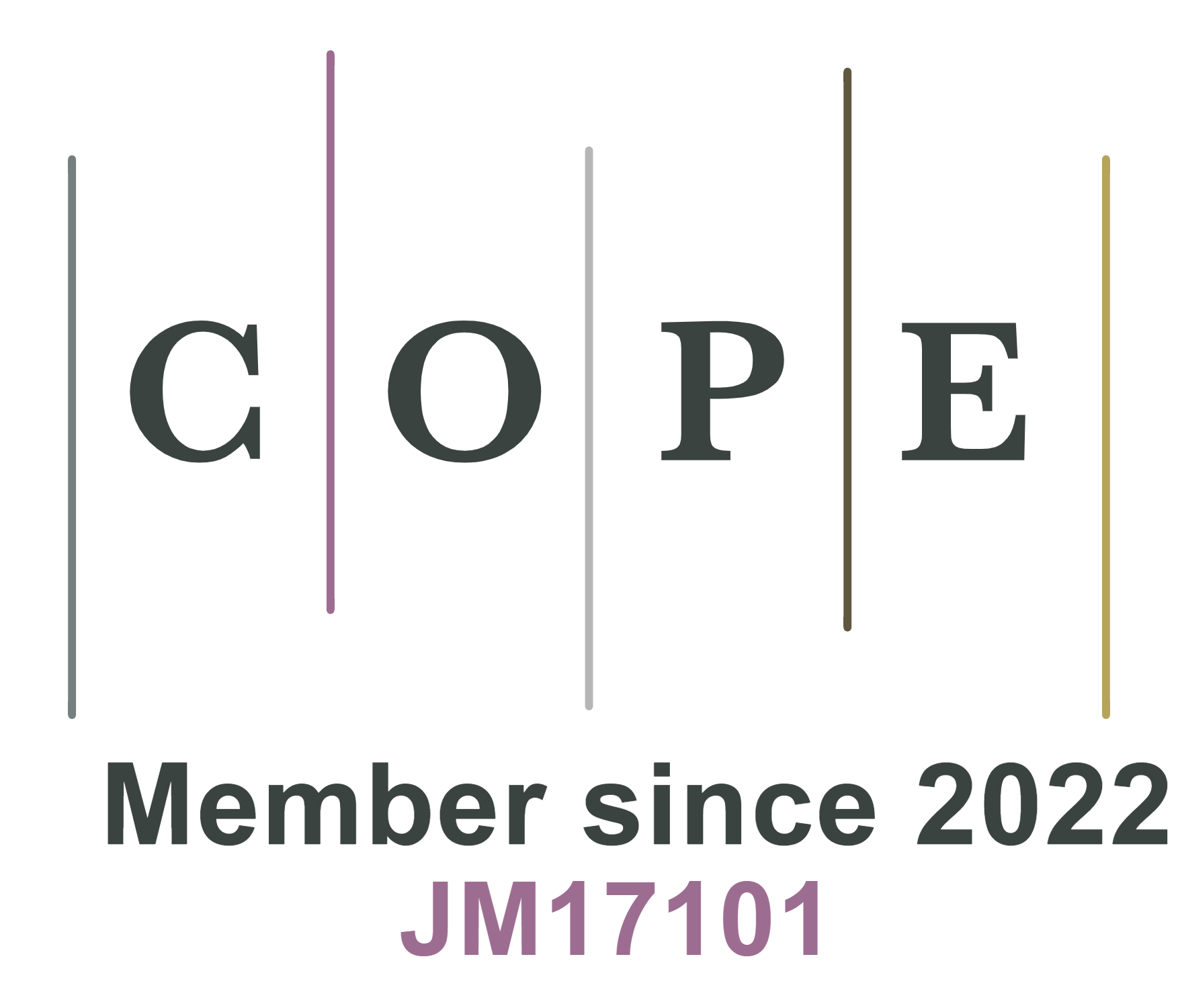fig6

Figure 6. (A) Schematic illustration of the interface-induced growth of the conductive Ni3(HITP)2 modified separator for the application in Li-S batteries. 2D layered structure gives Ni3(HITP)2 uniform 1D pore channels, and the Ni3(HITP)2 membrane (black color) grown directly on the surface of the commercial polypropylene separator can be used as a barrier for the suppression of the polysulfide shuttling. Reproduced with permission[64]. © 2018 WILEY-VCH Verlag GmbH & Co. KGaA, Weinheim. (B) The illustration of the preparation process of the Ni3(HITP)2-modified separator by filtration and its assembly into the Li-S battery. © 2019, American Chemical Society. (C) Cyclic voltammetry scans of Li-S batteries with PP and Ni3(HITP)2-modified separators at a scan rate of









